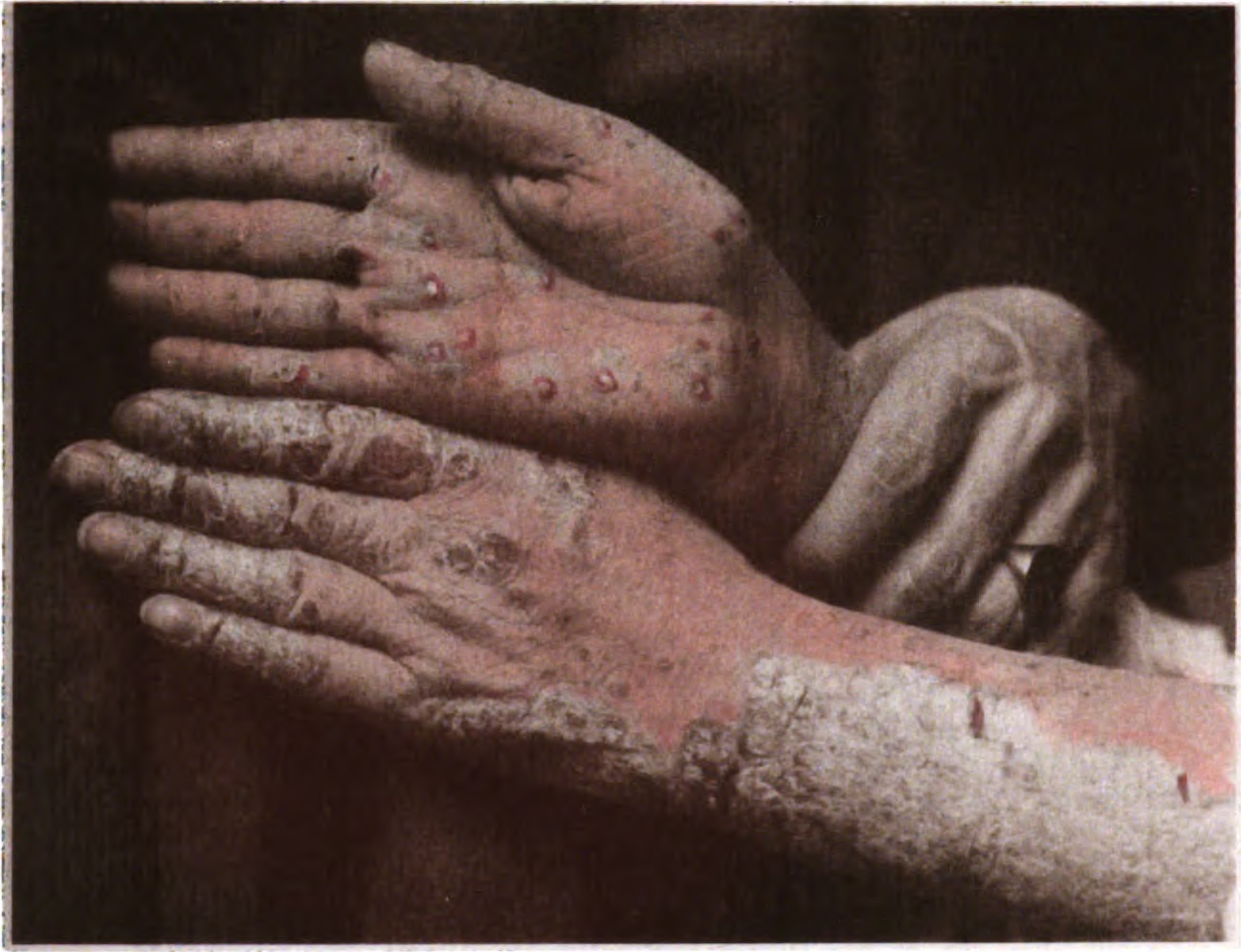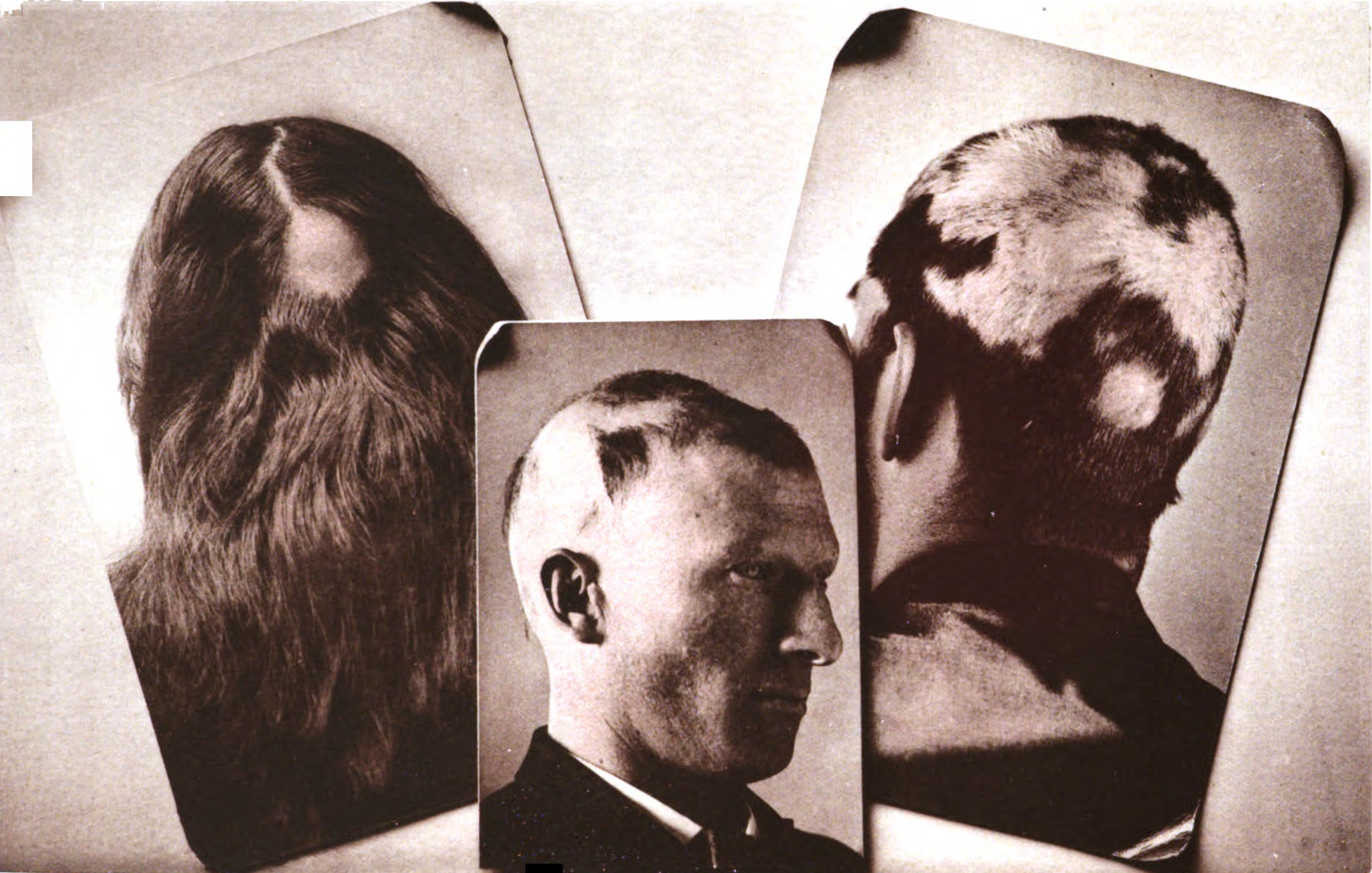|
Dithranol
Dithranol ( INN) or anthralin (USAN and former BAN) is a hydroxyanthrone, anthracene derivative, medicine applied to the skin of people with psoriasis. It is available as creams, ointment or pastes in 0.1 to 2% strengths (Drithocreme, Dithrocream, Zithranol-RR, Micanol, Psorlin, Dritho-Scalp, Anthraforte, Anthranol and Anthrascalp). The terms dithranol and anthralin are sometimes used synonymously. Medical uses Dithranol has a slower onset of action in controlling psoriasis, typically several weeks, compared to glucocorticoid steroids, but is without the potential for rebound reaction on withdrawal. It cannot be used on the face or genitalia. There is some tentative evidence that anthralin might be useful for alopecia areata. Side effects It temporarily stains the skin a yellowy-brown and permanently stains clothing fabrics and other materials such as ceramic sinks. It may cause a local burning sensation and irritation; this may be minimised by careful attention to the details of ... [...More Info...] [...Related Items...] OR: [Wikipedia] [Google] [Baidu] |
Anthralin
Dithranol (INN) or anthralin (USAN and former BAN) is a hydroxyanthrone, anthracene derivative, medicine applied to the skin of people with psoriasis. It is available as creams, ointment or pastes in 0.1 to 2% strengths (Drithocreme, Dithrocream, Zithranol-RR, Micanol, Psorlin, Dritho-Scalp, Anthraforte, Anthranol and Anthrascalp). The terms dithranol and anthralin are sometimes used synonymously. Medical uses Dithranol has a slower onset of action in controlling psoriasis, typically several weeks, compared to glucocorticoid steroids, but is without the potential for rebound reaction on withdrawal. It cannot be used on the face or genitalia. There is some tentative evidence that anthralin might be useful for alopecia areata. Side effects It temporarily stains the skin a yellowy-brown and permanently stains clothing fabrics and other materials such as ceramic sinks. It may cause a local burning sensation and irritation; this may be minimised by careful attention to the details of ... [...More Info...] [...Related Items...] OR: [Wikipedia] [Google] [Baidu] |
Antipsoriatics
Psoriasis is a long-lasting, noncontagious autoimmune disease characterized by skin plaque, raised areas of abnormal skin. These areas are erythema, red, pink, or purple, Xeroderma, dry, itchy, and scaly. Psoriasis varies in severity from small, localized patches to complete body coverage. Injury to the skin can trigger psoriatic skin changes at that spot, which is known as the Koebner phenomenon. The five main types of psoriasis are plaque, Guttate psoriasis, guttate, Inverse psoriasis, inverse, Pustular psoriasis, pustular, and Psoriatic erythroderma, erythrodermic. Plaque psoriasis, also known as psoriasis vulgaris, makes up about 90% of cases. It typically presents as red patches with white scales on top. Areas of the body most commonly affected are the back of the forearms, shins, navel area, and scalp. Guttate psoriasis has drop-shaped lesions. Pustular psoriasis presents as small, noninfectious, pus-filled blisters. Inverse psoriasis forms red patches in skin folds. Eryth ... [...More Info...] [...Related Items...] OR: [Wikipedia] [Google] [Baidu] |
Psoriasis
Psoriasis is a long-lasting, noncontagious autoimmune disease characterized by raised areas of abnormal skin. These areas are red, pink, or purple, dry, itchy, and scaly. Psoriasis varies in severity from small, localized patches to complete body coverage. Injury to the skin can trigger psoriatic skin changes at that spot, which is known as the Koebner phenomenon. The five main types of psoriasis are plaque, guttate, inverse, pustular, and erythrodermic. Plaque psoriasis, also known as psoriasis vulgaris, makes up about 90% of cases. It typically presents as red patches with white scales on top. Areas of the body most commonly affected are the back of the forearms, shins, navel area, and scalp. Guttate psoriasis has drop-shaped lesions. Pustular psoriasis presents as small, noninfectious, pus-filled blisters. Inverse psoriasis forms red patches in skin folds. Erythrodermic psoriasis occurs when the rash becomes very widespread, and can develop from any of the other types. ... [...More Info...] [...Related Items...] OR: [Wikipedia] [Google] [Baidu] |
Mitochondria
A mitochondrion (; ) is an organelle found in the Cell (biology), cells of most Eukaryotes, such as animals, plants and Fungus, fungi. Mitochondria have a double lipid bilayer, membrane structure and use aerobic respiration to generate adenosine triphosphate (ATP), which is used throughout the cell as a source of chemical energy. They were discovered by Albert von Kölliker in 1857 in the voluntary muscles of insects. The term ''mitochondrion'' was coined by Carl Benda in 1898. The mitochondrion is popularly nicknamed the "powerhouse of the cell", a phrase coined by Philip Siekevitz in a 1957 article of the same name. Some cells in some multicellular organisms lack mitochondria (for example, mature mammalian red blood cells). A large number of unicellular organisms, such as microsporidia, parabasalids and diplomonads, have reduced or transformed their mitochondria into mitosome, other structures. One eukaryote, ''Monocercomonoides'', is known to have completely lost its mitocho ... [...More Info...] [...Related Items...] OR: [Wikipedia] [Google] [Baidu] |
Anthracenes
Anthracene is a solid polycyclic aromatic hydrocarbon (PAH) of formula C14H10, consisting of three fused benzene rings. It is a component of coal tar. Anthracene is used in the production of the red dye alizarin and other dyes. Anthracene is colorless but exhibits a blue (400–500 nm peak) fluorescence under ultraviolet radiation. Occurrence and production Coal tar, which contains around 1.5% anthracene, remains a major source of this material. Common impurities are phenanthrene and carbazole. The mineral form of anthracene is called freitalite and is related to a coal deposit. A classic laboratory method for the preparation of anthracene is by cyclodehydration of o-methyl- or o-methylene-substituted diarylketones in the so-called Elbs reaction, for example from ''o''-tolyl phenyl ketone. Reactions Reduction Reduction of anthracene with alkali metals yields the deeply colored radical anion salts M+ nthracenesup>− (M = Li, Na, K). Hydrogenation gives 9,10-dihydroanthrace ... [...More Info...] [...Related Items...] OR: [Wikipedia] [Google] [Baidu] |
Phenols
In organic chemistry, phenols, sometimes called phenolics, are a class of chemical compounds consisting of one or more hydroxyl groups (— O H) bonded directly to an aromatic hydrocarbon group. The simplest is phenol, . Phenolic compounds are classified as simple phenols or polyphenols based on the number of phenol units in the molecule. Phenols are both synthesized industrially and produced by plants and microorganisms. Properties Acidity Phenols are more acidic than typical alcohols. The acidity of the hydroxyl group in phenols is commonly intermediate between that of aliphatic alcohols and carboxylic acids (their pKa is usually between 10 and 12). Deprotonation of a phenol forms a corresponding negative phenolate ion or phenoxide ion, and the corresponding salts are called phenolates or phenoxides (aryloxides according to the IUPAC Gold Book). Condensation with aldehydes and ketones Phenols are susceptible to Electrophilic aromatic substitutions. Condensation with formald ... [...More Info...] [...Related Items...] OR: [Wikipedia] [Google] [Baidu] |
British National Formulary
The ''British National Formulary'' (BNF) is a United Kingdom (UK) pharmaceutical reference book that contains a wide spectrum of information and advice on prescribing and pharmacology, along with specific facts and details about many medicines available on the UK National Health Service (NHS). Information within the BNF includes indication(s), contraindications, side effects, doses, legal classification, names and prices of available proprietary and generic formulations, and any other notable points. Though it is a national formulary, it nevertheless also includes entries for some medicines which are not available under the NHS, and must be prescribed and/or purchased privately. A symbol clearly denotes such drugs in their entry. It is used by pharmacists and doctors (both general practitioners (GPs) and specialist practitioners), and by other prescribing healthcare professionals (such as nurses, pharmacy technicians, paramedics, and dentists); as a reference for corr ... [...More Info...] [...Related Items...] OR: [Wikipedia] [Google] [Baidu] |
Cyclic Guanosine Monophosphate
Cyclic guanosine monophosphate (cGMP) is a cyclic nucleotide derived from guanosine triphosphate (GTP). cGMP acts as a second messenger much like cyclic AMP. Its most likely mechanism of action is activation of intracellular protein kinases in response to the binding of membrane-impermeable peptide hormones to the external cell surface. Synthesis Guanylate cyclase (GC) catalyzes cGMP synthesis. This enzyme converts GTP to cGMP. Peptide hormones such as the atrial natriuretic factor activate membrane-bound GC, while soluble GC (sGC) is typically activated by nitric oxide to stimulate cGMP synthesis. sGC can be inhibited by ODQ (1H-,2,4xadiazolo ,3-auinoxalin-1-one). Functions cGMP is a common regulator of ion channel conductance, glycogenolysis, and cellular apoptosis. It also relaxes smooth muscle tissues. In blood vessels, relaxation of vascular smooth muscles leads to vasodilation and increased blood flow. At presynaptic terminals in the striatum, cGMP controls the e ... [...More Info...] [...Related Items...] OR: [Wikipedia] [Google] [Baidu] |
Free Radical
A daughter category of ''Ageing'', this category deals only with the biological aspects of ageing. Ageing Ailments of unknown cause Biogerontology Biological processes Causes of death Cellular processes Gerontology Life extension Metabolic disorders Metabolism Old age Time in life Wikipedia categories named after diseases and disorders {{CatAutoTOC ... [...More Info...] [...Related Items...] OR: [Wikipedia] [Google] [Baidu] |
Alopecia Areata
Alopecia areata, also known as spot baldness, is a condition in which hair is lost from some or all areas of the body. Often, it results in a few bald spots on the scalp, each about the size of a coin. Psychological stress and illness are possible factors in bringing on alopecia areata in individuals at risk, but in most cases there is no obvious trigger. People are generally otherwise healthy. In a few cases, all the hair on the scalp is lost ('' alopecia totalis''), or all body hair is lost (''alopecia universalis''). Hair loss can be permanent, or temporary. It is distinct from pattern hair loss, which is common among males. Alopecia areata is believed to be an autoimmune disease resulting from a breach in the immune privilege of the hair follicles. Risk factors include a family history of the condition. Among identical twins, if one is affected, the other has about a 50% chance of also being affected. The underlying mechanism involves failure by the body to recognize i ... [...More Info...] [...Related Items...] OR: [Wikipedia] [Google] [Baidu] |
United States Adopted Name
A United States Adopted Name (USAN) is a unique nonproprietary name assigned to a medication marketed in the United States. Each name is assigned by the USAN Council, which is co-sponsored by the American Medical Association (AMA), the United States Pharmacopeial Convention (USP), and the American Pharmacists Association (APhA). The USAN Program states that its goal is to select simple, informative, and unique nonproprietary names (also called generic names) for drugs by establishing logical nomenclature classifications based on pharmacological or chemical relationships. In addition to drugs, the USAN Council names agents for gene therapy and cell therapy, List of soft contact lens materials, contact lens polymers, surgical materials, diagnostics, carriers, and substances used as an excipient. The USAN Council works in conjunction with the World Health Organization (WHO) international nonproprietary name (INN) Expert Committee and national nomenclature groups to standardize drug ... [...More Info...] [...Related Items...] OR: [Wikipedia] [Google] [Baidu] |




